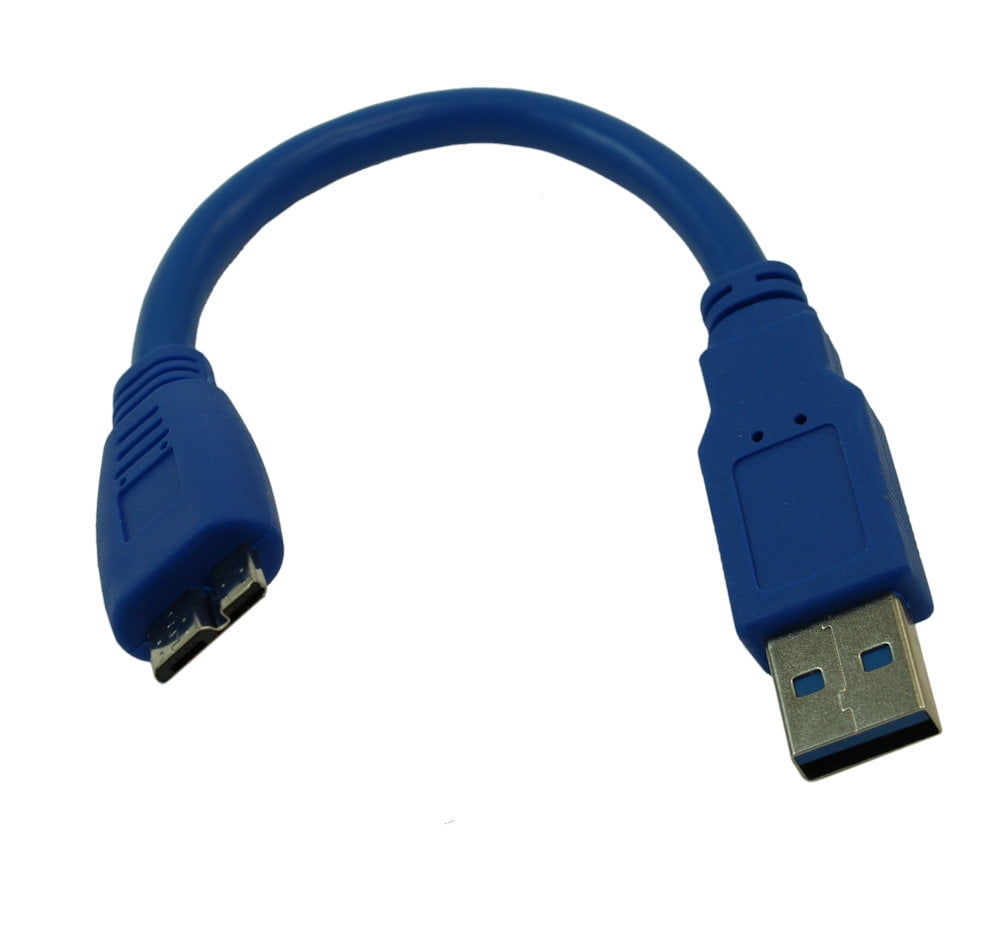

The connectors the USB committee specifies support a number of USB's underlying goals, and reflect lessons learned from the many connectors the computer industry has used. USB extension cable, plug on the left, receptacle (nonstandard, receptacles normally not allowed on cables) on the right The mini and micro formats may connect to an AB receptacle, which accepts either an A or a B plug, that plug determining the behavior of the receptacle.


A USB cable, by definition, has a plug on each end-one A (or C) and one B (or C)-and the corresponding receptacle is usually on a computer or electronic device. Each format has a plug and receptacle defined for each of the A and B ends. Thus, USB cables have different ends: A and B, with different physical connectors for each. Only downstream facing ports provide power this topology was chosen to easily prevent electrical overloads and damaged equipment. Unlike other data buses (such as Ethernet), USB connections are directed a host device has "downstream" facing ports that connect to the "upstream" facing ports of devices. Modes are identified by their names and icons, and the specification suggests that plugs and receptacles be colour-coded (SuperSpeed is identified by blue). USB devices have some choice of implemented modes, and USB version is not a reliable statement of implemented modes. The modes have differing hardware and cabling requirements.
#Usb type a full#
There are five speeds for USB data transfer: Low Speed, Full Speed, High Speed (from version 2.0 of the specification), SuperSpeed (from version 3.0), and SuperSpeed+ (from version 3.1).
#Usb type a portable#
The three sizes of USB connectors are the default or standard format intended for desktop or portable equipment, the mini intended for mobile equipment, which was deprecated when it was replaced by the thinner micro size, all of which were deprecated with the release of Type-C. USB has been selected as the standard charging format for many mobile phones, reducing the proliferation of proprietary chargers.Ĭomparison of USB connector plugs, excluding USB-C type plugs The USB standard included power supply to peripheral devices modern versions of the standard extend the power delivery limits for battery charging and devices requiring up to 100 watts. All versions of USB specify cable properties version 3.x cables include additional data paths. Higher-speed development of the USB standard gave rise to another family of connectors to permit additional data paths. The initial versions of the USB standard specified connectors that were easy to use and that would have acceptable life spans revisions of the standard added smaller connectors useful for compact portable devices.


 0 kommentar(er)
0 kommentar(er)
